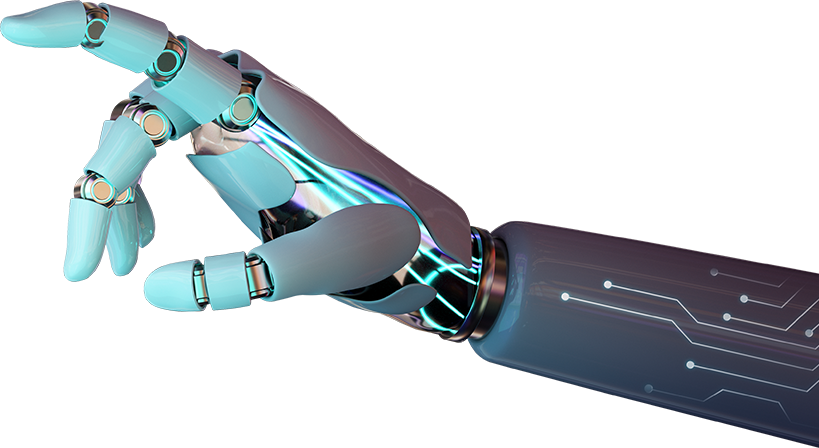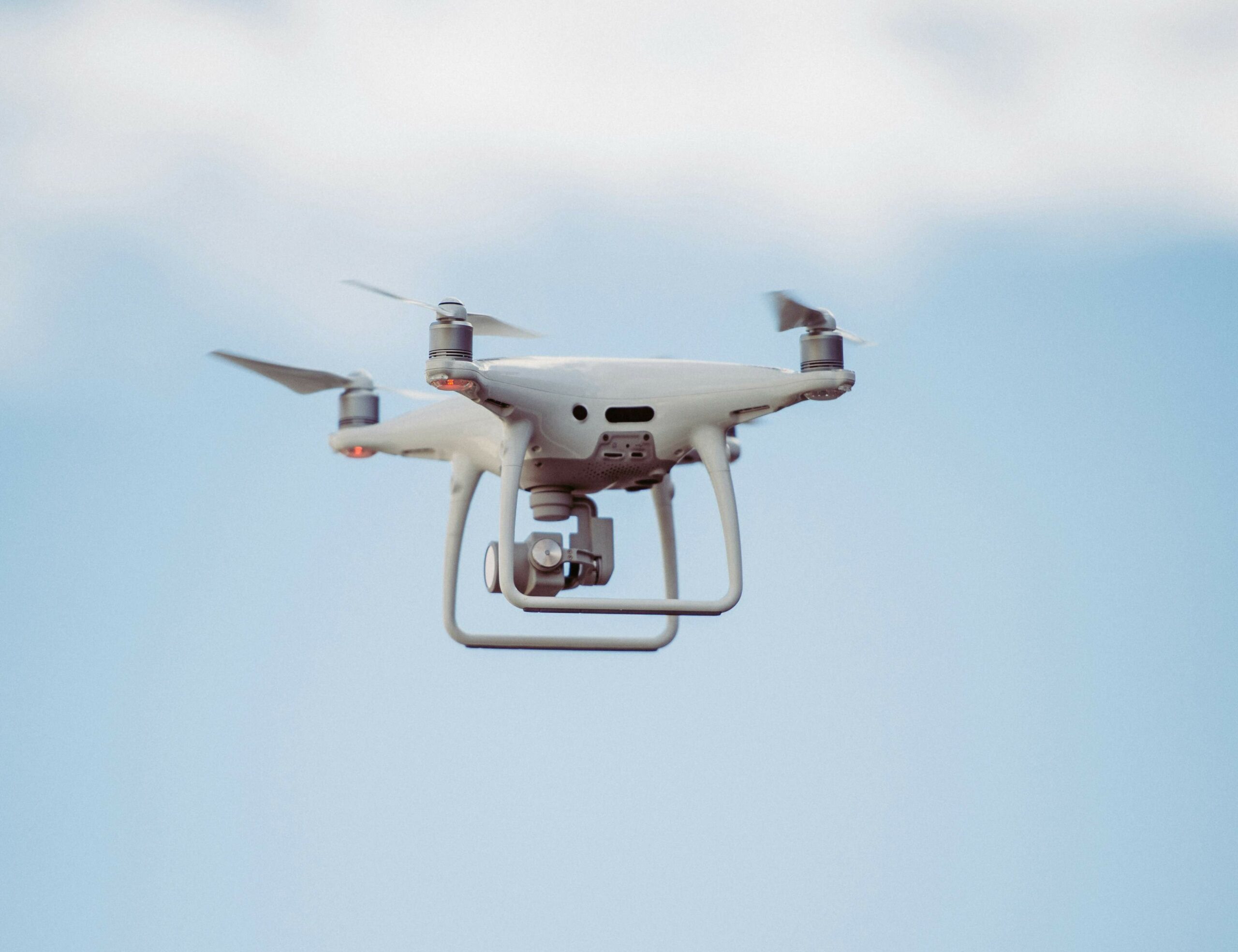Navigating the complex landscape of object localisation challenges can feel daunting. Professionals often grapple with balancing speed, accuracy, and scalability. But don’t worry, there’s a way through this maze. Discover practical strategies that enhance efficiency and precision without compromising on scale. From advanced algorithms to real-time techniques, learn how to stay ahead in the fast-evolving world of computer vision.
Table of contents
ToggleUnderstanding object localisation challenges
Object localisation presents numerous challenges, from achieving high accuracy to balancing speed in large-scale environments. Common obstacles include handling diverse datasets and adapting to real-time demands. Professionals must understand distinct variations in object localisation techniques to develop efficient solutions. Addressing these complexities requires innovative approaches and leveraging cutting-edge algorithms to meet both precision and performance requirements.
Common obstacles in accuracy
Accuracy in object localisation presents several challenges, often affecting system performance. Common issues involve data quality, algorithm limitations, and environmental variables. Addressing these obstacles enhances both precision and reliability.
- Inconsistent data annotations
- Varying object scales and orientations
- Complex backgrounds and occlusions
- Limited generalisation across datasets
Speed versus precision in large-scale environments
Balancing speed and precision in large-scale environments requires meticulous optimisation. Advanced techniques like model pruning and quantisation can significantly enhance processing times without sacrificing accuracy. Implementing these strategies ensures robust object localisation, crucial for real-time applications.
Strategies for improving accuracy
Precision in object localisation requires refined methods. Implementing advanced algorithms and leveraging data augmentation are key strategies.
- Utilise convolutional neural networks for robust object detection.
- Incorporate data augmentation to enhance model generalisation.
- Adopt ensemble learning techniques to improve prediction accuracy.
- Optimise hyperparameters through grid or random search methods.
- Apply transfer learning for quick adaptation to new datasets.
Exploring methods to address computer vision issues highlights how data-driven approaches significantly enhance system accuracy.
Advanced algorithms and models
Advanced algorithms and models play a crucial role in overcoming object localisation challenges. Techniques such as convolutional neural networks (CNNs) and recurrent neural networks (RNNs) enhance precision and speed. These models enable machines to accurately identify objects in diverse environments. A focus on machine learning for object recognition leads to improved outcomes. Integrating these advanced models ensures scalability and efficiency in large-scale systems.
Leveraging data augmentation techniques
- Implement geometric transformations to enhance dataset variability.
- Utilise colour adjustment techniques for diverse visual contexts.
- Apply noise addition for robust model training.
Data augmentation boosts accuracy by diversifying training samples. It addresses object localisation challenges through enriched datasets, improving model performance in various conditions.
Enhancing speed without compromising quality
Enhancing speed in object localisation requires strategic approaches. Optimising computational resources plays a vital role. Consider these techniques:
- Implementing efficient coding practices to reduce latency
- Employing hardware acceleration for faster processing
- Utilising lightweight neural networks for quick inference
These methods ensure rapid processing without sacrificing the quality of object detection outcomes.
Optimisation of computational resources
Efficient use of computational resources involves optimising algorithms to reduce memory usage and processing time. Implementing parallel processing can significantly enhance speed without sacrificing precision. Employing tailored software libraries also aids in achieving high performance in object localisation systems.
Real-time processing techniques
Real-time processing in object localisation requires a blend of advanced techniques. These methods enable systems to maintain high speed without sacrificing precision. Consider the following strategies:
- Optimised hardware accelerates computations.
- Efficient coding minimises latency.
- Use of lightweight models reduces processing load.
- Implementing parallel processing enhances throughput.
- Exploiting GPU capabilities boosts performance.
Combining these techniques ensures systems meet the demands of real-time applications, crucial for dynamic environments.
Achieving scalability in object localisation
Scaling object localisation systems involves efficiently managing large datasets and utilising distributed systems. This approach ensures that speed and accuracy remain balanced across extensive networks.
| Key Aspect | Description |
|---|---|
| Data Handling | Efficient storage and retrieval |
| Distributed Systems | Parallel processing techniques |
Handling large datasets efficiently
Efficiently handling large datasets requires robust data management strategies. Implementing data preprocessing techniques can reduce redundancy. Utilising cloud-based storage offers scalability and flexibility. Leveraging distributed computing frameworks enhances processing efficiency. Adopting optimised algorithms ensures faster data retrieval and analysis.
Distributed systems and parallel processing
Distributed systems significantly enhance object localisation by distributing workloads across multiple nodes. This approach allows for efficient handling of vast datasets, improving both speed and scalability. Parallel processing techniques enable simultaneous execution of tasks, reducing latency and increasing throughput. By leveraging these methods, professionals can achieve higher accuracy levels without sacrificing performance. Effective load balancing and fault tolerance further optimise system reliability. Adopting these strategies ensures robust and scalable solutions for complex environments, addressing key object localisation challenges in modern applications.
Case studies and practical tutorials
Explorons des études de cas et tutoriels pratiques pour surmonter les object localisation challenges :
- Une entreprise technologique a amélioré sa précision en utilisant des réseaux de neurones convolutifs.
- Un projet universitaire a optimisé la vitesse grâce à la parallélisation des tâches.
- Des start-ups ont intégré des techniques de traitement en temps réel pour des résultats instantanés.
- Les tutoriels montrent comment ajuster les algorithmes pour des ensembles de données massifs.
Successful implementations in the industry
Industries leverage cutting-edge solutions to tackle object localisation challenges. Retail giants employ real-time image recognition systems to enhance inventory management. Autonomous vehicle developers integrate sophisticated models ensuring precise navigation in dynamic environments. Healthcare sectors utilise AI-driven localisation for accurate medical imaging, improving diagnostic accuracy. These implementations demonstrate the power of combining advanced algorithms with robust computational resources. By employing distributed systems, companies achieve scalability, maintaining high accuracy and speed. Such successful cases highlight the critical role of innovation in overcoming technical limitations, paving the way for future advancements in computer vision.
Step-by-step guide to deploying solutions
Begin by selecting a robust algorithm for object detection. Ensure its compatibility with your existing system. Next, optimise the model through training on diverse datasets. Implement embedding object localisation into vision systems for seamless integration. Test extensively in varied environments to validate accuracy and speed.
Common Questions
What are the main challenges in object localisation accuracy?
Challenges include occlusion, varying lighting conditions, and complex backgrounds. These factors often lead to errors in detecting object boundaries.
How can advanced algorithms improve localisation accuracy?
Advanced algorithms use machine learning to enhance feature extraction. They adapt to diverse scenarios, improving precision and reliability.
Why is speed important in large-scale environments?
Speed ensures timely processing of vast data volumes. It supports real-time applications, critical in dynamic settings like autonomous vehicles.
How can data augmentation techniques aid in localisation?
Data augmentation increases dataset diversity. It enhances model robustness by simulating different environmental conditions.
What role do distributed systems play in scalability?
Distributed systems distribute workloads across multiple nodes. They boost processing power, ensuring efficient handling of large datasets.






